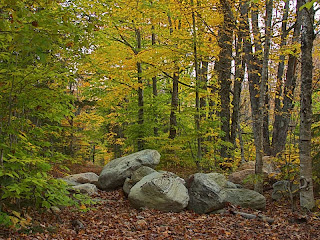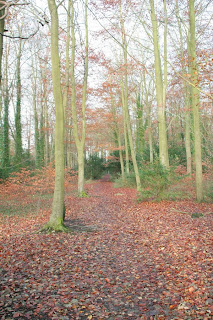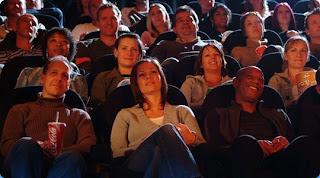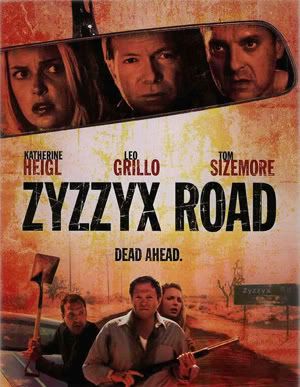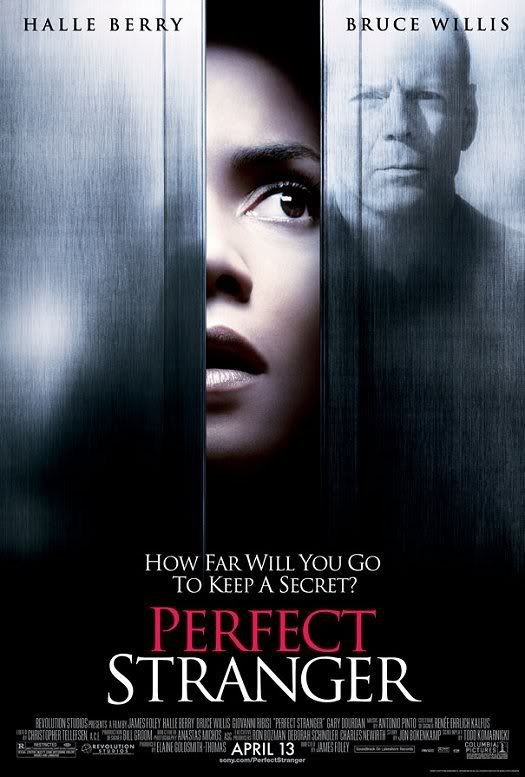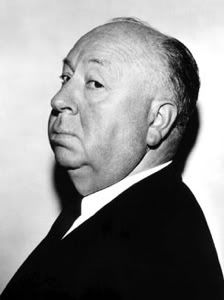
Hitchcock was an iconic and highly influential director and producer. He introduced many techniques into the suspense and thriller genres. His most reknowned thriller was Physco (1960). Here is the film's pivotal scene, and one of the most famous scenes in cinema history; the murder of Janet Leigh's character in the shower.
The following information was taken from the blurb of this film clip::
" It was shot from December 17 to December 23, 1959 and between 71 and 78 angles (the exact number is unknown). The scene "runs 3 minutes and includes 50 cuts." Most of the shots are extreme close-ups except for medium shots in the shower directly before and directly after the murder. The combination of the close shots with the short duration between cuts makes the sequence feel longer, more subjective, more uncontrolled, and more violent than the images themselves were they presented alone or in a wider angle.In order to capture the straight-on shot of the shower head, the camera had to be equipped with a long lens. The inner holes on the spout were blocked and the camera placed farther back, so that the water appears to be hitting the lens but actually went around and past it.The soundtrack of screeching violins, violas, and cellos was an original all-strings piece by composer Bernard Herrmann entitled "The Murder." Hitchcock originally wanted the sequence (and all motel scenes) to play without music, but Herrmann begged him to try it with the cue he had composed. Afterwards, Hitchcock agreed that it vastly intensified the scene and he nearly doubled Herrmann's salary. The blood in the scene is in fact chocolate syrup, which shows up better and has more realistic density than stage blood on black-and-white film. The sound of the knife entering flesh was created by plunging a knife into a casaba melon."


